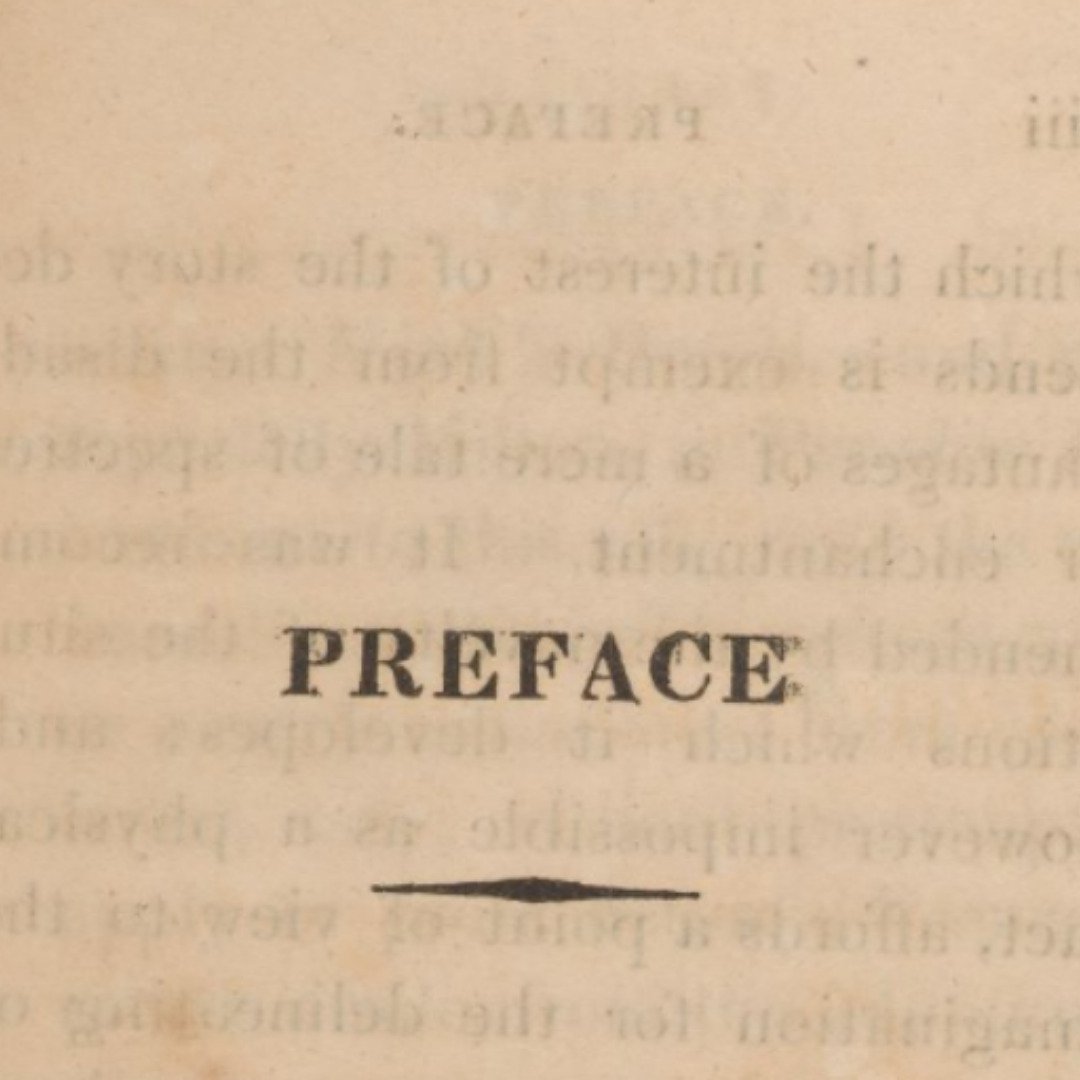Book Foreword vs. Book Preface: What Nonfiction Authors Need to Know
What is the difference between a foreword and a preface? Do you need either in your nonfiction book?
I’ll give you a book foreword definition and a book preface definition, compare a foreword vs. a preface, and give you best practices for book forewords and book prefaces in nonfiction books.
These tips will help you look like a pro when it comes time to publish or self-publish your book!
Does a book need a foreword?
This may be a little forward of me, but let me come out and say it:
Your nonfiction book probably won’t have, and doesn’t need, a foreword.
From time to time, I see sections in a book’s front matter (the material before the body of the text) that are spelled incorrectly.
Warning: DON’T SPELL IT LIKE THIS!
The proper spelling is “Foreword.” That’s w-o-r-d.
What’s even more “off” in the above case is that the foreword was written by the author of the book it appeared in. I’ve seen that happen many of times! Yeesh!
Book Foreword definition: What Is a Book Foreword?
A foreword is a section of a book that consists of prefatory remarks written by someone other than the author, generally someone of stature. A foreword appears before the preface and after any table of contents (or list of illustrations, or list of tables).
The purpose of a foreword is to frame the book—to introduce the book and its importance—and lend it credibility.
If you find someone to introduce and endorse your book (it would be as if someone was introducing you as a keynote speaker), then you might have a foreword. But it’s neither common nor expected.
Second or revised editions are more likely to have forewords than first editions.
A foreword should be two or three published pages, maybe 1,000 words or so. (But that’s not a hard and fast rule.)
Foreword vs. Preface
If you’ve got a separate element of your book in which you’re simply explaining (in first person) how you came to write the book and/or how you researched it, that’s a preface. (And you don’t necessarily need that either.)
Book Preface Definition: What Is a Book Preface?
A preface is introductory material, written by the author to the reader, in first-person, with background on the author’s reasons for writing the book and on the methods of research. A preface goes in the front matter, right before a book’s introduction.
Some prefaces contain brief acknowledgments and permissions granted—if you don’t have a separate acknowledgments page and if permissions, if applicable, aren’t listed elsewhere.
If you do have a preface, you may choose to end it with your name and the place you wrote it or the date you finished it (and often this appears on the right side of the page). That’s optional.
A preface should be two or three published pages.
Nonfiction books may have a preface. Nonfiction books don’t have prologues. (That’s the fiction equivalent of a preface.)
Keep these tips in mind so you’ll look like a pro when it comes time to publish or self publish your book!
Will your book have/does your book have a foreword or a preface?
Want more tips for authors delivered directly to your inbox?
Write, publish, and market your nonfiction book better by jumping in.
You might also be interested in these blog articles:
Thanks for reading,

